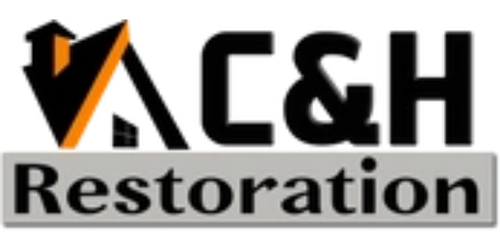Pros and Cons to Both Materials
So, you’re in the process of picking out composite decking and are trying to decide which is best. You’ve narrowed down your choices to two of the top decking products on the market, Trex vs Azek.
But in a head to head match up of Trex vs Azek, which would win.
Let us help you, click on the image for more information
